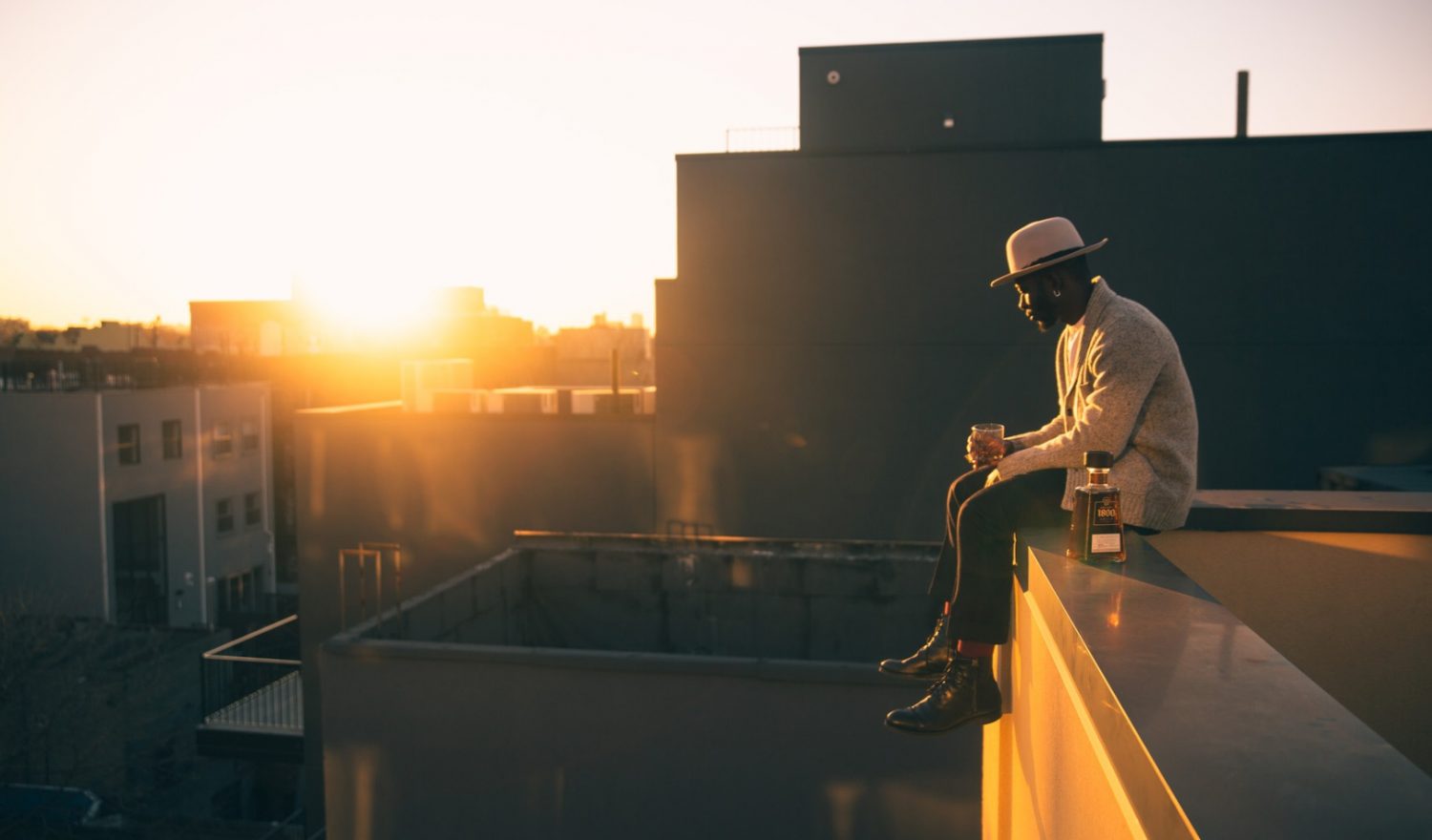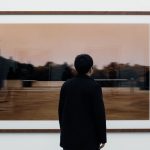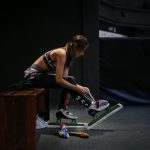Gavin Doran, a Brooklyn-based photographer, explores the many ways to enhance basic photography skills to transform a shot from ‘good’ to ‘great’.
I found people at the top of the industry and read every article they wrote and watched every video or interview ever made about them. Then, when they mentioned someone they admired, I studied them too. Like a butterfly effect, I would break down and understand new artists and the most intricate shooting styles. — Gavin Doran
After all his research, Gavin lists down some tips and tricks that changed how he approached photography.
Let’s dive in.
1. Location
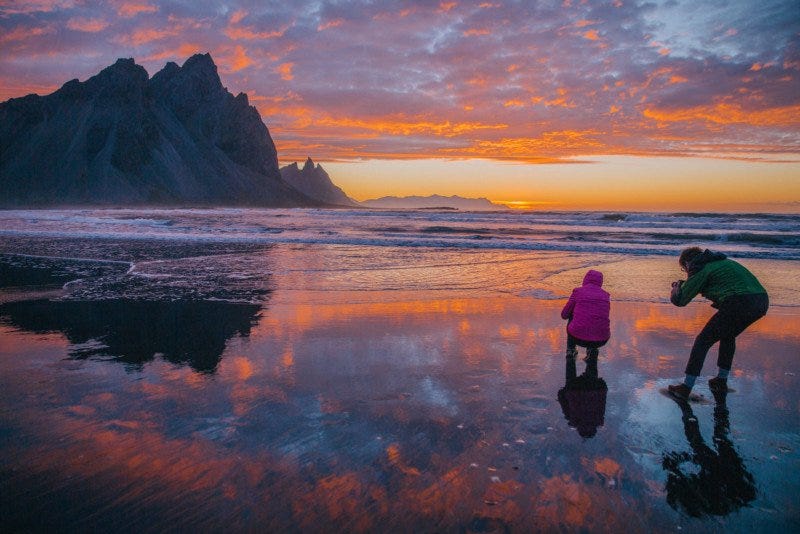
©Gavin Doran
In the world of business, it is always about location. Who knew it could translate so well to photography?
This is for good reason. Simply by making it a point to place yourself somewhere unique, you are bound to get better shots. I remember the first time I went to Iceland. You could pretty much point your camera in any direction and press the shutter and get 90% better photos than most anywhere else. It was ridiculous.
2. Learning to Use Strobes
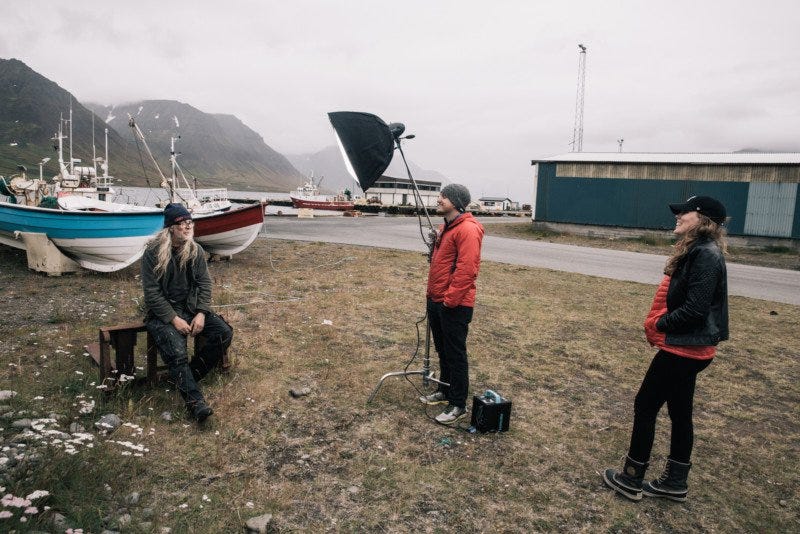
©Gavin Doran
Gavin lists this as a ‘superpower’ of photography still left undiscovered by many rising talents.
It took me the majority of my photography career to learn this superpower. When I did, it changed everything. Imagine: the ability to use only the most beautiful quality of light to manipulate any way you see fit. The higher-end strobes can literally overpower the sun. The creative control this gives you is immense. You can now decide whether you want something more dramatic or more dreamy. You can manipulate the light in order to convey any feeling or emotion you want.
3. Subject
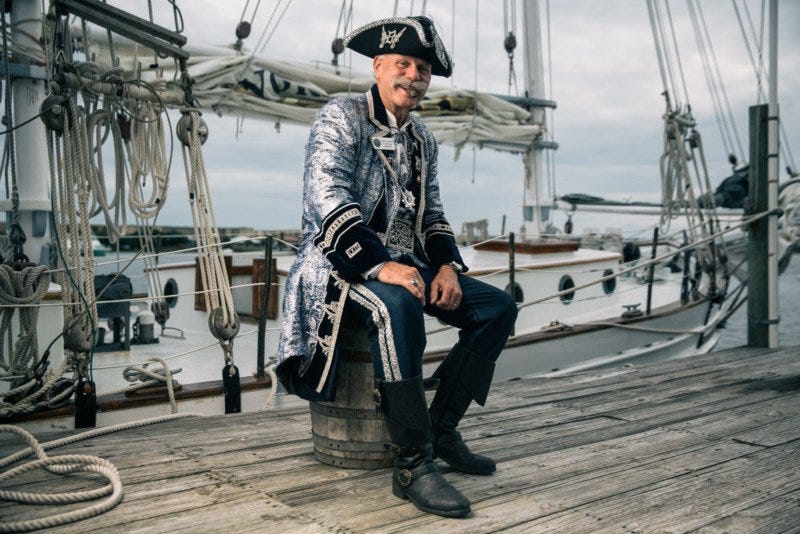
©Gavin Doran
Remember the Mona Lisa? That is how important a subject can be. It can change a simple photo into an icon.
Most of us have been there before. We’ve had a great idea and made the effort to put it together and then we get there and realize that the subject is just the wrong fit. For the type of photography I like to shoot, it’s not all about getting the most beautiful person. It’s about finding someone who fits the emotion I want to convey.
I believe it’s impossible to be a great photographer without incredible emotional intelligence and self-awareness. When you meet someone for the first time, you have to be able to gauge how they make you feel. What emotion do they draw out of you?
4. The Haze Machine
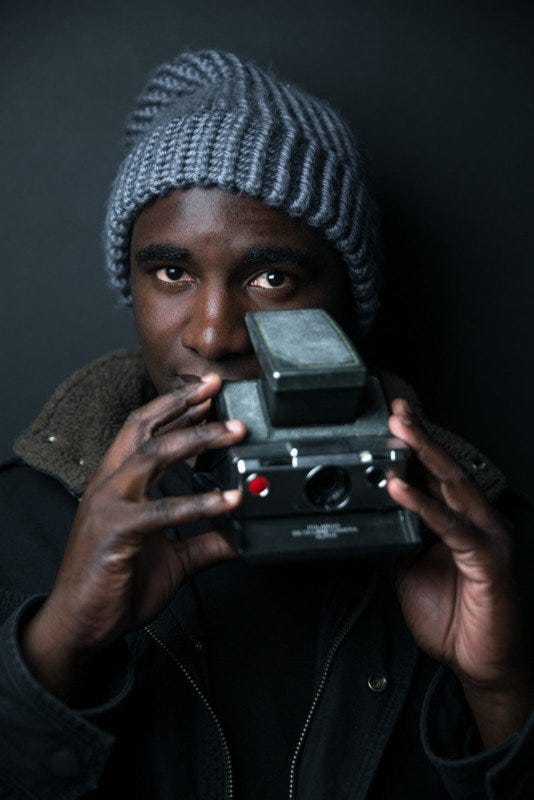
©Gavin Doran
No, it isn’t the fog machine in a dance club.
A haze machine is different from a fog machine in that it’s not as thick and white. This makes it much easier to shine lights through and gives the added benefit of being able to actually see your subject instead of making it look like something’s on fire (which the fog machine is great for).
5. Building a Set
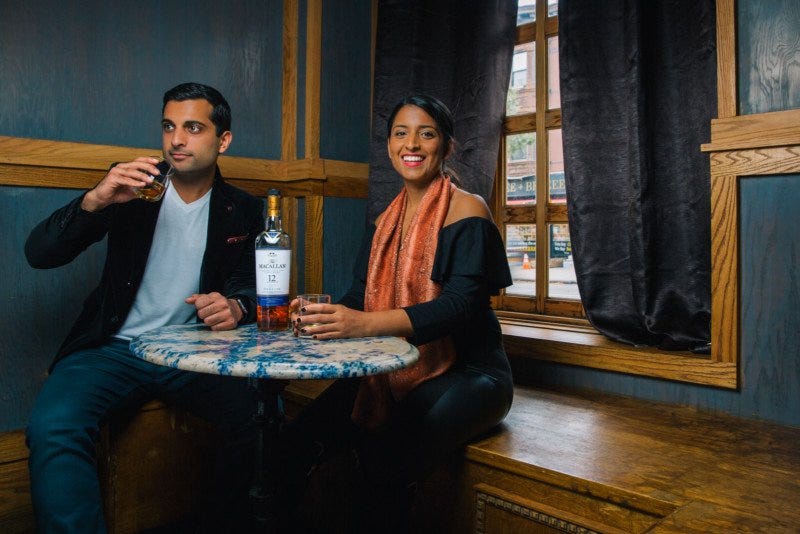
©Gavin Doran
The value of a good set is priceless to up your overall production value, give the image a narrative and allows you to control your surroundings.
As I became more interested in strobes, I started to dabble and understand the value of a good set. This could be as simple as getting a couple of plants and a backdrop, or as complicated as a full-on build in which you create walls, windows, and bring in furniture to mimic the idea you have in mind.
6. Tones
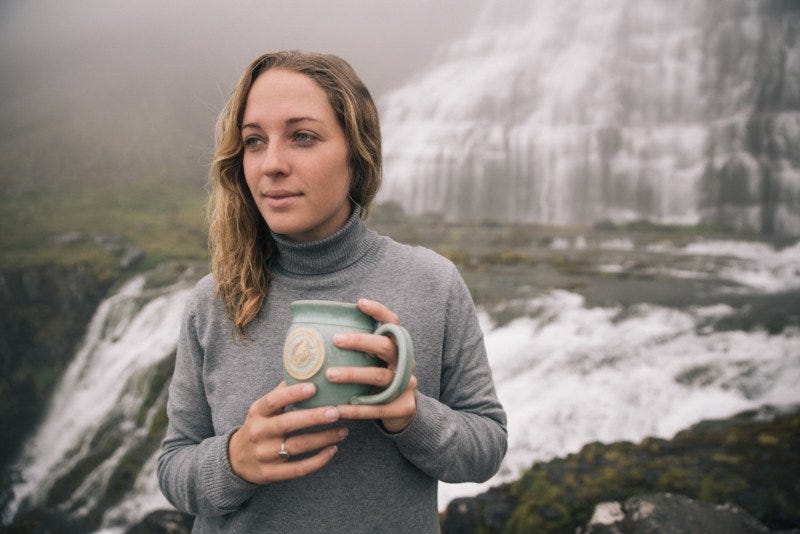
©Gavin Doran
Playing around with light and colour to achieve the right balance can totally transform an image.
One of the best ways to start understanding what you like is to pay attention to films you love. It might be a movie set in a snowy area in which they use blue tones to really help you feel the cold, or it might be a beach day in which red and orange tones are used to warm up the scene.
7. Understanding Your Audience
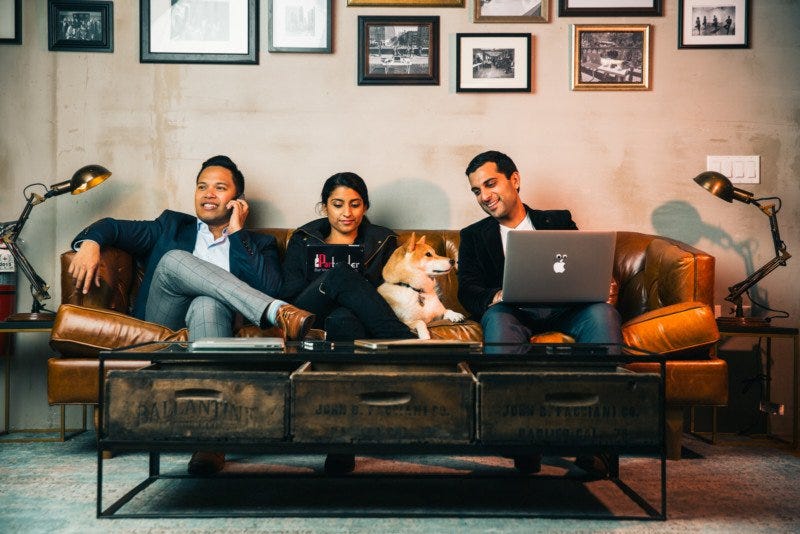
©Gavin Doran
While photography is a subjective art that cannot please everyone, knowing who you are shooting for and the platform that it will be displayed on will help any photographer to understand and execute an image that better resonates with those looking at it.
I’m not going to be the guy who sits here and tells you to create work only for other people, because I’m a strong believer in the importance of listening to your gut and making something that you are proud of.
All images belong to Gavin Doran. You can find more of his work on his website or by following him on Facebook and Instagram. This post was also published here.
Source: PetaPixel

